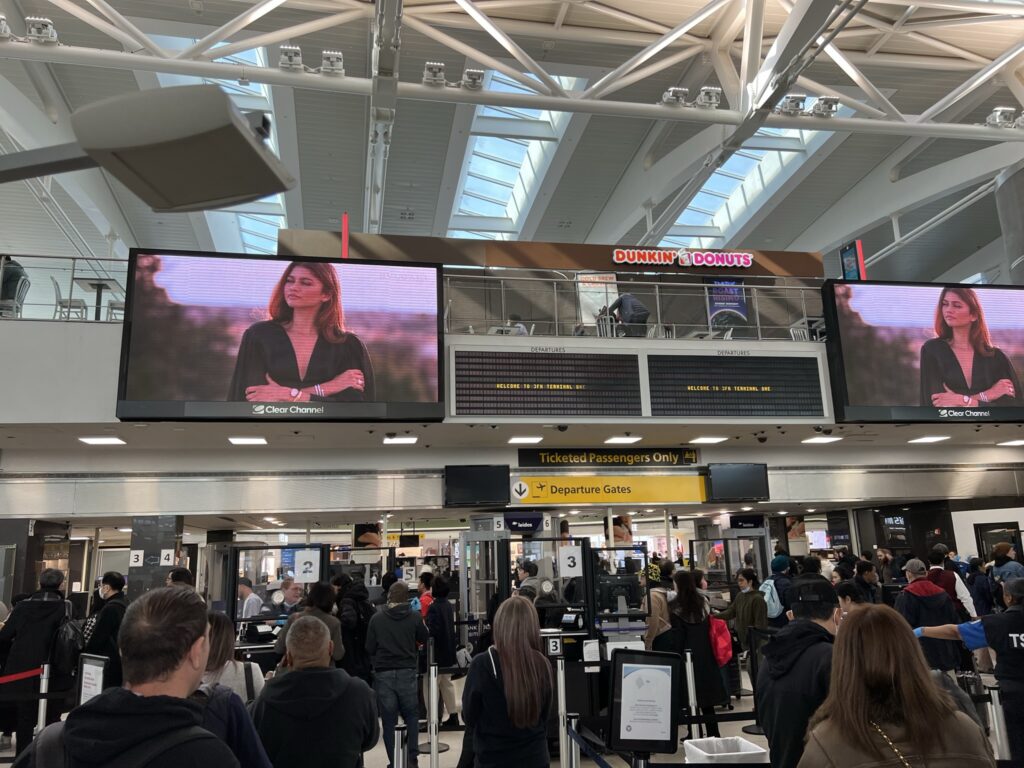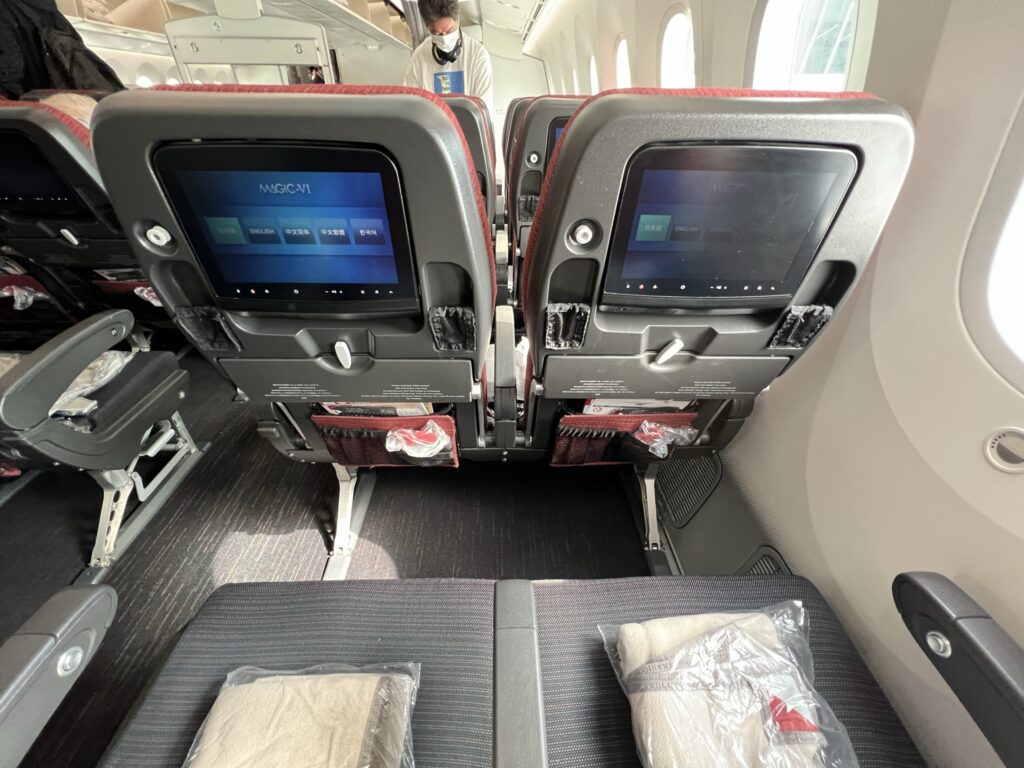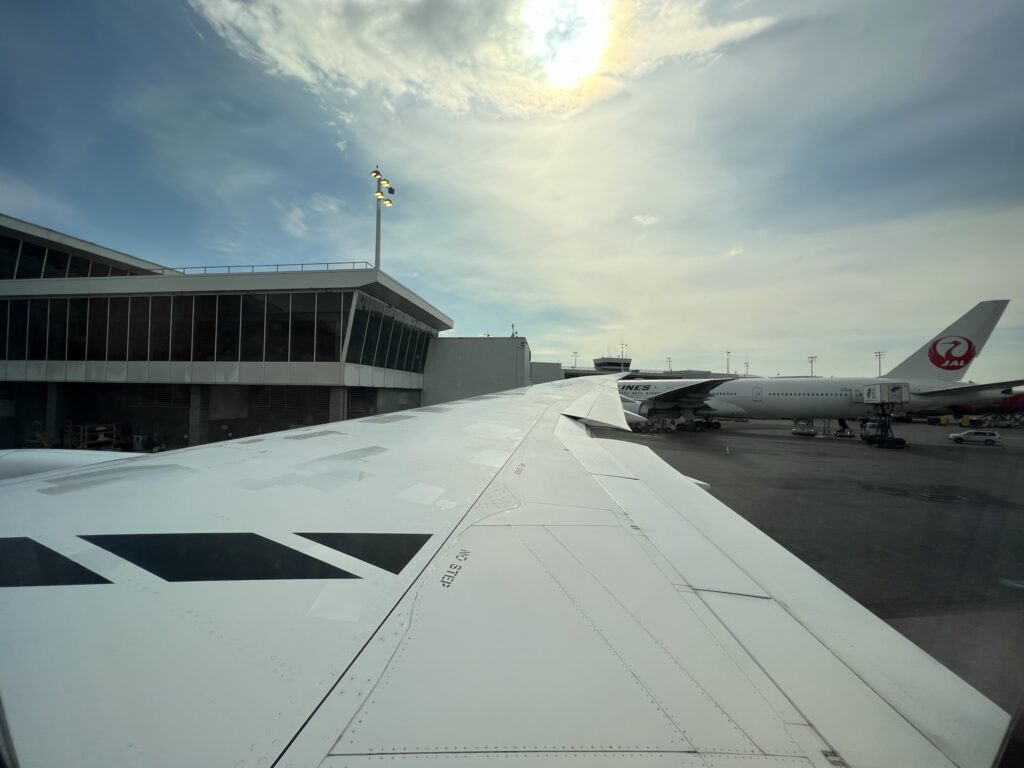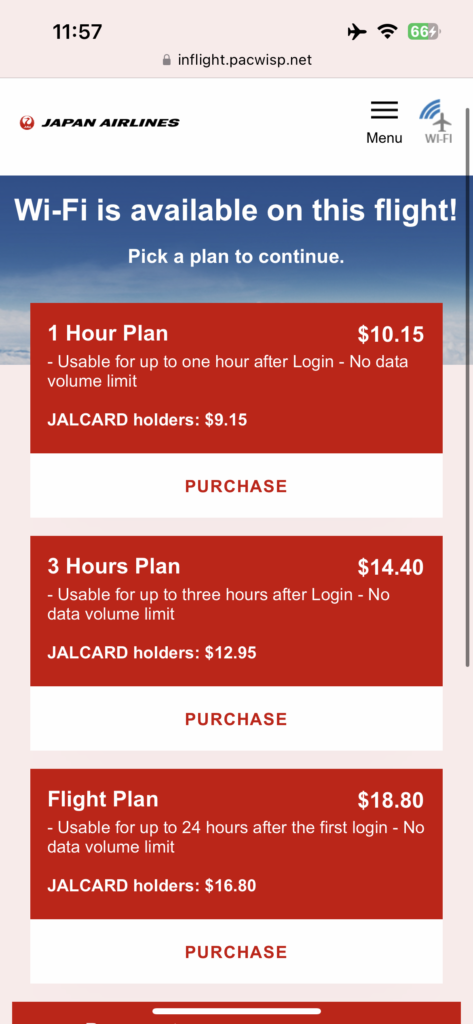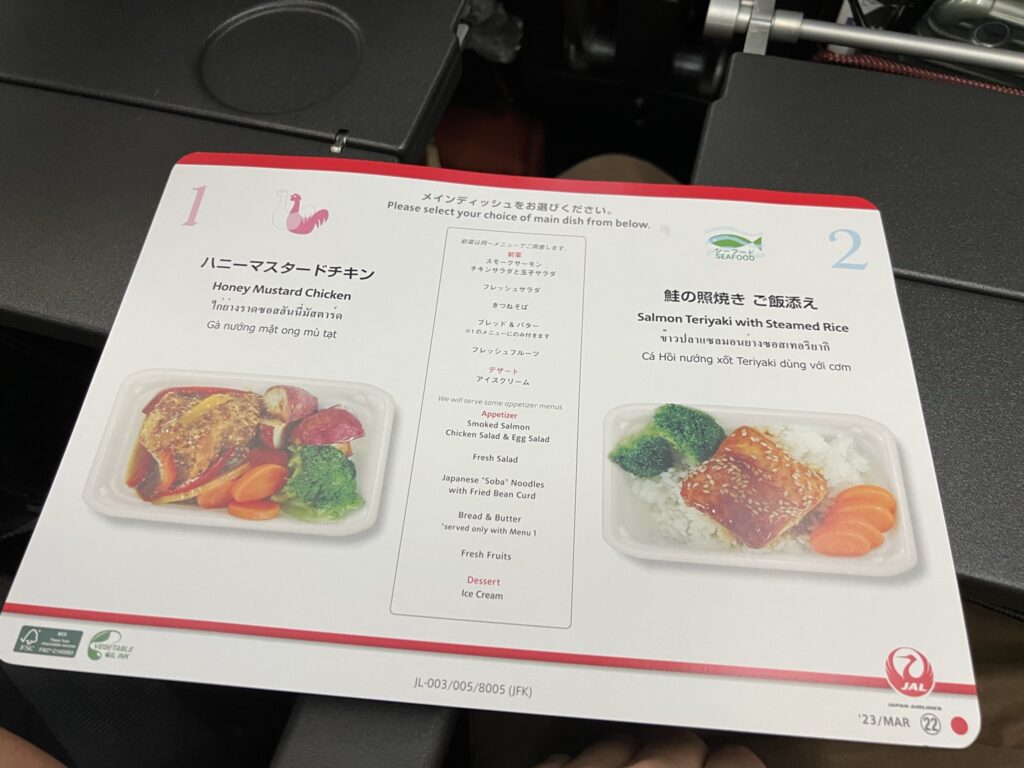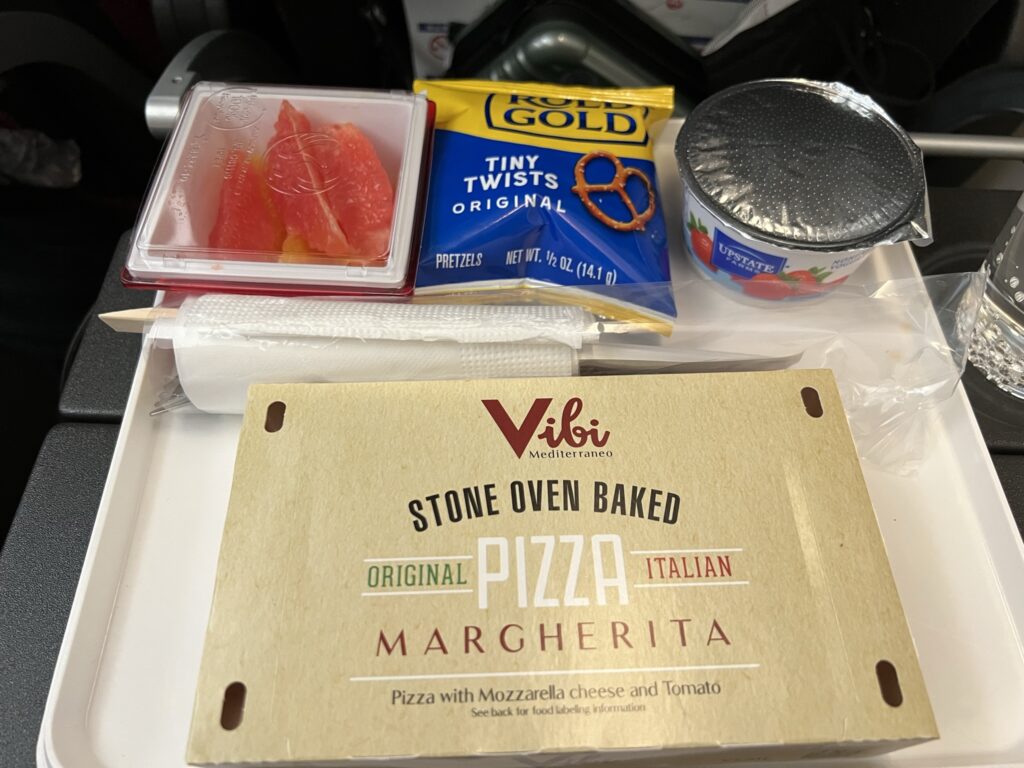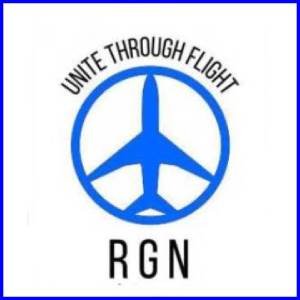 After nearly three years of being largely closed off to outsiders and tourists, Japan is open. And so, I immediately pounced on a trip that would see me return to the land of the rising sun. I have never before moved around so many miles with different bookings to get the best flight, but I eventually settled on Japan Airlines (JAL) from New York JFK to Tokyo Narita.
After nearly three years of being largely closed off to outsiders and tourists, Japan is open. And so, I immediately pounced on a trip that would see me return to the land of the rising sun. I have never before moved around so many miles with different bookings to get the best flight, but I eventually settled on Japan Airlines (JAL) from New York JFK to Tokyo Narita.
From a passenger experience (#PaxEx) standpoint, Japan Airlines is regarded as one of the best airlines in the world. I was very excited to finally get to experience it for myself. As an added bonus, once a week during the winter 2022 season, JAL was operating one of the world’s least dense widebodies to New York. I zeroed in on that opportunity.
I had no issues booking the flight with miles through American Airlines, as the reservation created both an American and JAL record locator that the latter immediately recognized and allowed me to select a seat. I especially appreciated that JAL’s seat map indicated where infants are located, as well as calling out window seats that don’t actually have a window.
Although JAL was able to create mobile boarding passes, they were not accepted at the TSA checkpoint at the always chaotic JFK Terminal 1. Thankfully, the checkin line was nonexistent at the time and I obtained a printed pass.
After a brief visit to the Lufthansa lounge using Priority Pass, boarding began just 20 minutes before departure time and, in true Japanese fashion, finished with time to spare. I guess that is possible on a 787 with just 186 seats on board, some of which were even blocked.
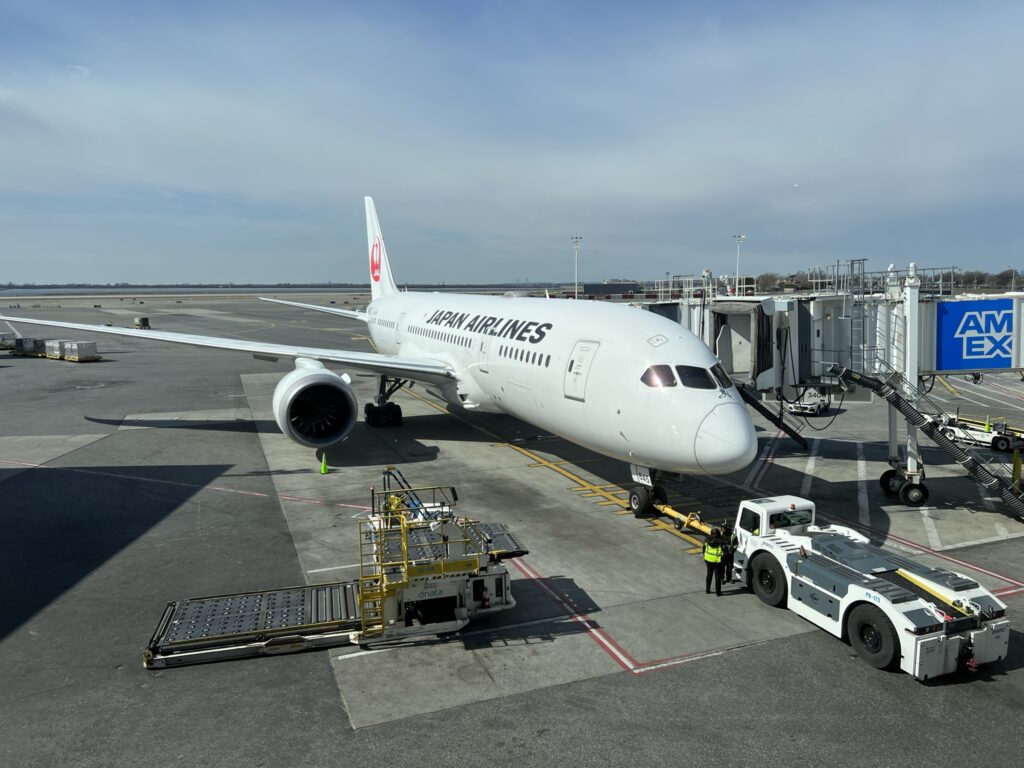 JAL is the sole airline left in the world still operating the Boeing 787 Dreamliner in the originally intended 8-abreast economy configuration (which is truly a ‘dream’).
JAL is the sole airline left in the world still operating the Boeing 787 Dreamliner in the originally intended 8-abreast economy configuration (which is truly a ‘dream’). 
JAL calls its economy cabin SKY WIDER, referring both to the nearly 19 inches of seat width and generous 33 inches of seat pitch offered to passengers. There are precious few other aircraft globally affording economy passengers more space than this.
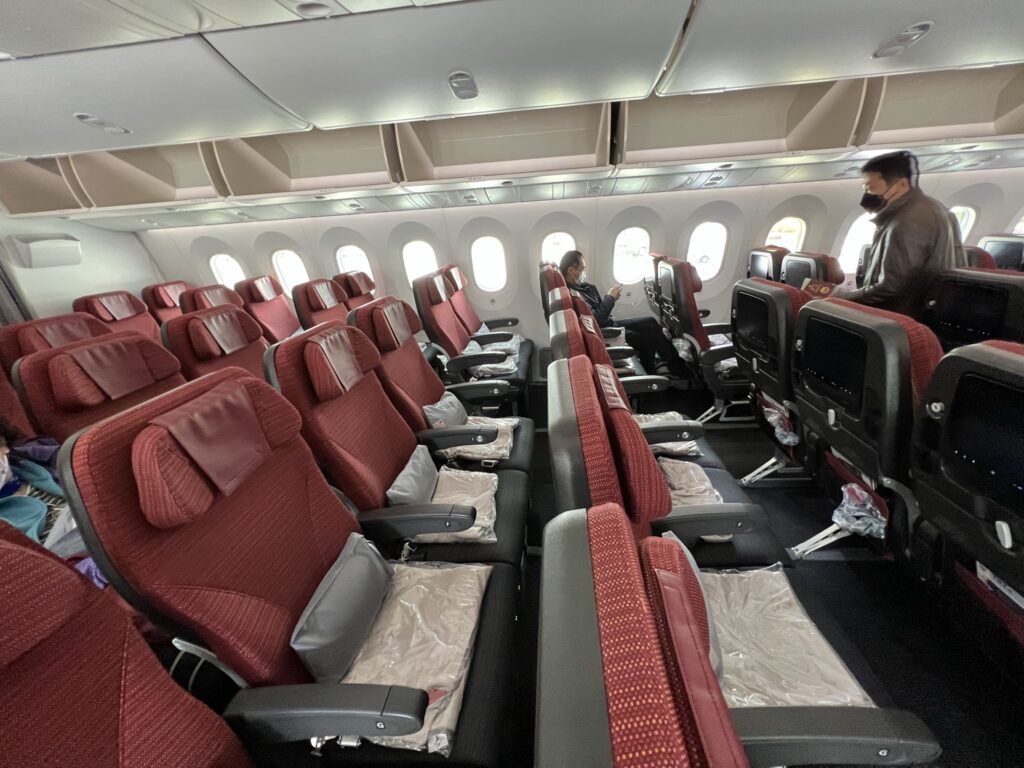 The seatback is loaded with multiple small and large storage pockets which I found useful to hold things like my AirPods and phone charger. Plenty of leg space was available in the side seat pair, which is thankfully clear of any equipment boxes.
The seatback is loaded with multiple small and large storage pockets which I found useful to hold things like my AirPods and phone charger. Plenty of leg space was available in the side seat pair, which is thankfully clear of any equipment boxes.
The electrochromic windows of the 787 enabled me to let a little light into the cabin while still being able to see outside, which I always enjoy.
Just like JAL likes to name its cabins, JAL also names its entertainment systems. This particular version of the 787 is outfitted with JAL’s MAGIC-VI, a Thales AVANT system.
 While the system was responsive and bright, JAL stocks a pitifully low number of movies on its system. I counted approximately 43 English-language Hollywood titles with virtually no TV series to round out the numbers.
While the system was responsive and bright, JAL stocks a pitifully low number of movies on its system. I counted approximately 43 English-language Hollywood titles with virtually no TV series to round out the numbers.
To make matters worse, the interface listed the same movie multiple times and I couldn’t figure out why. At least movies were presented in decent quality and unedited for content, though the persistent Japanese subtitles on most movies was annoying. The backlit soft buttons on the lower bezel were also quite distracting.
Wi-Fi was available and while there was no free messaging tier, the $18.80 price tag for full flight connectivity was, in my opinion, on the upper end of acceptable. But I went for it, nonetheless.
The Panasonic Avionics Ku-band satellite-based system proved quite reliable for the 13-hour flight, and only sputtered for an hour when we neared the far north of Alaska.
 One aspect of the flight I was looking forward to the most was the catering. I figured JAL would offer tasty Japanese inspired meals, but found myself quite disappointed, and even a bit baffled. A printed menu was not distributed at seats, nor was a digital menu available on the entertainment system. A large card was shown by flight attendants right at the time of ordering, so a snap decision had to be made.
One aspect of the flight I was looking forward to the most was the catering. I figured JAL would offer tasty Japanese inspired meals, but found myself quite disappointed, and even a bit baffled. A printed menu was not distributed at seats, nor was a digital menu available on the entertainment system. A large card was shown by flight attendants right at the time of ordering, so a snap decision had to be made.
I had the chance to try both main courses: the salmon teriyaki with steamed rice and the honey mustard chicken. Both were served with the same trio of sides which were tasty but confusing, along with a very sad side salad.
 Smoked salmon with chicken and egg salad? Ok. A surprise cheese ball and artichoke dish that wasn’t on the menu? Whatever. Bread and butter but only served with the chicken dish? That’s weird. This was one of the most confusing airline meals I have ever been served. At least the salmon wasn’t overly dry, and I enjoyed the soba noodles along with the cup of miso soup.
Smoked salmon with chicken and egg salad? Ok. A surprise cheese ball and artichoke dish that wasn’t on the menu? Whatever. Bread and butter but only served with the chicken dish? That’s weird. This was one of the most confusing airline meals I have ever been served. At least the salmon wasn’t overly dry, and I enjoyed the soba noodles along with the cup of miso soup.
Halfway into the flight at about 6:30pm New York and 8am Tokyo time, and quite by surprise since there’s no mention of it on the menus nor is a service guide made available, a packaged blueberry muffin was served. This was a real letdown.
 Prior to arrival, yet another curious meal was served, consisting of a Margherita pizza, a cup of fruit, a small bag of pretzels, and a strawberry yogurt.
Prior to arrival, yet another curious meal was served, consisting of a Margherita pizza, a cup of fruit, a small bag of pretzels, and a strawberry yogurt.
Was this breakfast? Was it dinner? I have no idea.
 These meals had a real “see what’s in the fridge and put something quick together” vibe. They also didn’t help reset my body clock.
These meals had a real “see what’s in the fridge and put something quick together” vibe. They also didn’t help reset my body clock.
I would have preferred to have been given a more substantial snack in economy. A cup of noodles or even a more expansive buy-on-board menu would have been appreciated.
BUT at least a basket of delicious snacks was present in the galley.
My experience on JAL was an interesting one, for sure. Its hard product was likely the best I have ever experienced for longhaul economy and I can’t imagine that is likely to change.
The soft product, though, left a lot to be desired
From the barely present IFE content catalog to the outright confusing catering, Japan Airlines has room to step up its product and be truly world class.
- Weighing carryon bags, Thai AirAsia proves embodiment of LCC
- JAL first class provides a masterclass in premium PaxEx
- Japan Airlines extends free Internet to E190s as 2Ku equipage begins
All images credited to the author, Jason Rabinowitz





